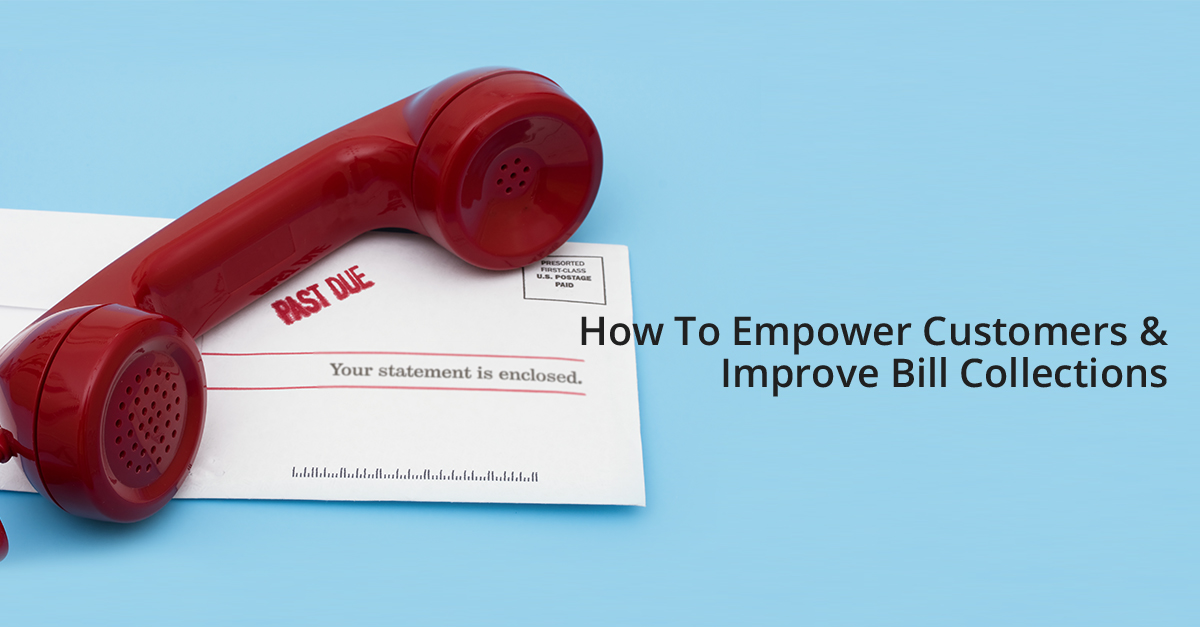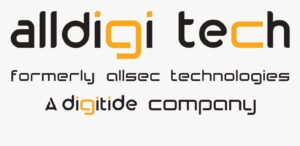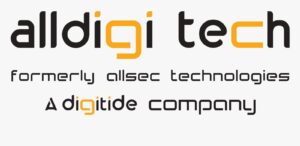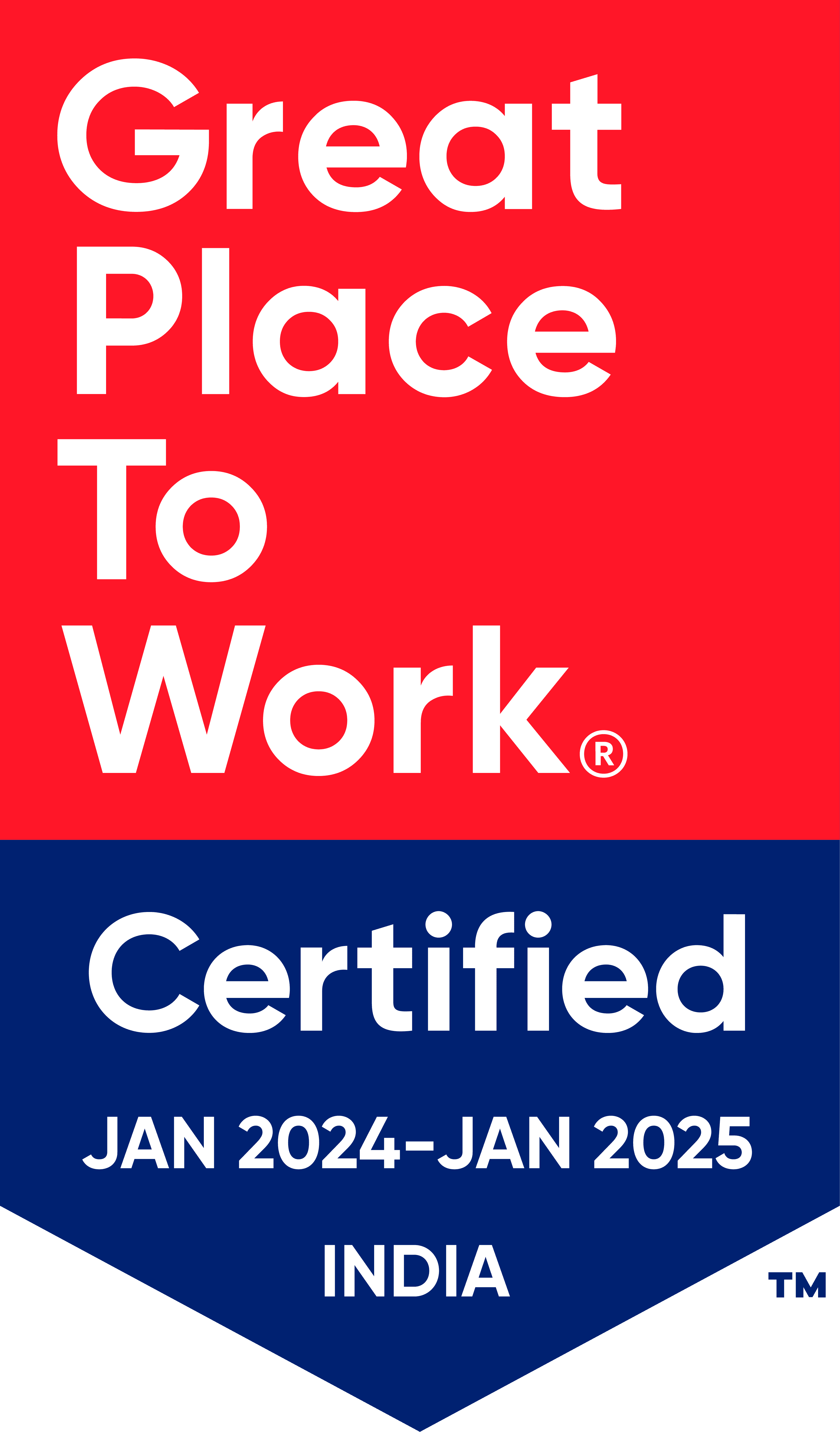
How to Empower Customers and Improve Bill Collections
The payment experience for customers is in desperate need of an overhaul. Despite technological advancements and availability of third-party customer service outsourcing opportunities, billing and collection systems are still rudimentary at best.
Especially when it comes to the healthcare industry, where patients are taking on more financial responsibility for treatment, subpar collection systems can significantly impact not just bottom lines but also customer retention.
According to a 2018 study from Cedar, the American payment platform for hospitals, 41% of customers surveyed said they would drop a healthcare provider over an unsatisfactory experience with online bill payments, digital engagement, and mobile/ email bill delivery. Youngsters are even more likely to ditch a provider over digital inadequacies or inflexible payment options.
Tech Transformation
Fortunately, adopting simple technological changes can smooth over these creases. Better online portals for information storage and automated billing systems can make the process easier and quicker for both parties. When in-house, hospitals can provide kiosks for patients to access prior billing data or outstanding payments. Integrating these applications with payment systems will also improve collections.
At present, 74% of consumers receive healthcare bills via traditional mail, as per Cedar. Given that consumers are becoming digitally native, this makes payment management tricky. Adopting an omnichannel mechanism will give patients more freedom to decide on a convenient means to honor their bills.
Transparency
More than half the medical bills that go into collections annually are less than $600 dollars, not all that daunting. Yet 34% of all consumer bills go into collections.
A major factor could be convoluted bill explanations. 50% of consumers on Cedar’s survey said they wanted more understandable bills. Even obtaining information is tricky for many of these consumers, with over 51% of those who asked for cost data either getting inaccurate information or none at all.
When hospitals and other companies support their clients with clear information, consumers will be more likely pay up on time. A critical factor would be to connect with these patients at check-in. Providing patients with an estimate of their dues prior to treatment can reduce default significantly because they will then be able to estimate if they can afford the care.
Investing in payment management software, whether in-house or a through customer service outsourcing partner, complete with automation and analytics, can improve customer experience and collections further. Analytical software can also help predict estimated costs that can improve transparency for clients.
Analytics
Predictive analytics can also be used to identify payment trends. Customers who are regularly late payers or defaulters can be recognized early. This will give hospitals an opportunity to send them targeted reminders early, along with different payment options, so that they can avoid going into collections. If unable to provide the resources for this internally, such digitized and automated systems can also prove immensely useful with outsourced customer service partners.
In Focus
Ultimately, whether it is healthcare or any other industry, customer experience with billing and payments ultimately drives collections. Modern customers demand modern experiences.
When companies recognize the need to make payment processes easy for consumers through digitally-integrated billing systems and payment gateways, heightened transparency, and technologically-equipped last-mile services, defaults will reduce – not just in healthcare, but across industries.



